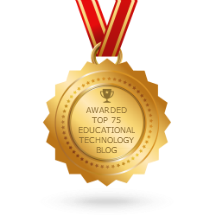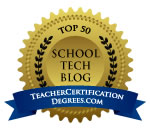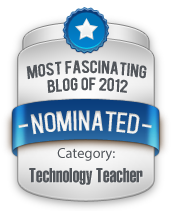An update from a pan-Canadian e-learning organization.
No images? Click here
Join us virtually at this week’s #DLsymp24!
Exclusive access to live & recorded sessions.
Sessions include:
- Integrating Indigenous Learning Principles Online
- AI in Education / Digital Literacy in an AI World
- Honing Brightspace Skills / Using Time-saving Tools
- Networking, check out selected sponsors & more!
Worth Noting…
Ontario Tech University announced online workshops for K-12 educators for a small fee. The AI in K-12 Education Conference is planned for April 29th to May 1st with over 25 workshops running from 6 to 9 pm Eastern time. Topics include:
- AI Literacy: Starting out
- AI & Key Subject Areas: ECE. English, Mathematics and Visual Arts
- AI & Ethical Issues: Cheating, Culture, Deepfakes, Privacy, Influence on Women,
- AI Tools: Canva AI, Chatbots, Chat GTP, Magic School
- AI & Learning: Engagement, Neurodiversity, Personalized Feedback, UDL
Cost
- Students: $25
- Before April 21st: $30
- April 21st on: $50
- includes 25+ workshops, AI Certificate, and Conference e-book
Click here to learn more and register!
Stay Connected!
- Use #CANeLearn for items of interest to members. Join the conversation!
- Follow @CANeLearn, “like” us on Facebook, subscribe to our YouTube Channel
- Join CANeLearn – only $50 for associate membership!
CANeLearn acknowledges the shíshálth Nation on whose traditional territories, here at xwilkway (Halfmoon Bay BC), where we are privileged to live, work, and play. Through our work, we are learning to incorporate Indigenous epistemologies while supporting Indigenization and systemic changes in the K-12 online learning environment of Canada.
Photo by @rlabonte
The Canadian eLearning Network (CANeLearn) is a Canadian registered not-for-profit society with a vision to be the leading voice in Canada for learner success in K-12 online and blended learning. CANeLearn provides members with networking, collaboration, and research opportunities..
CANeLearn promotes effective practice in online and blended learning; fosters community and facilitates interaction among online and blended learning educators; and connects educators to online and blended learning organizations.

























 12 Unique Blogs Are Written By Professors
12 Unique Blogs Are Written By Professors